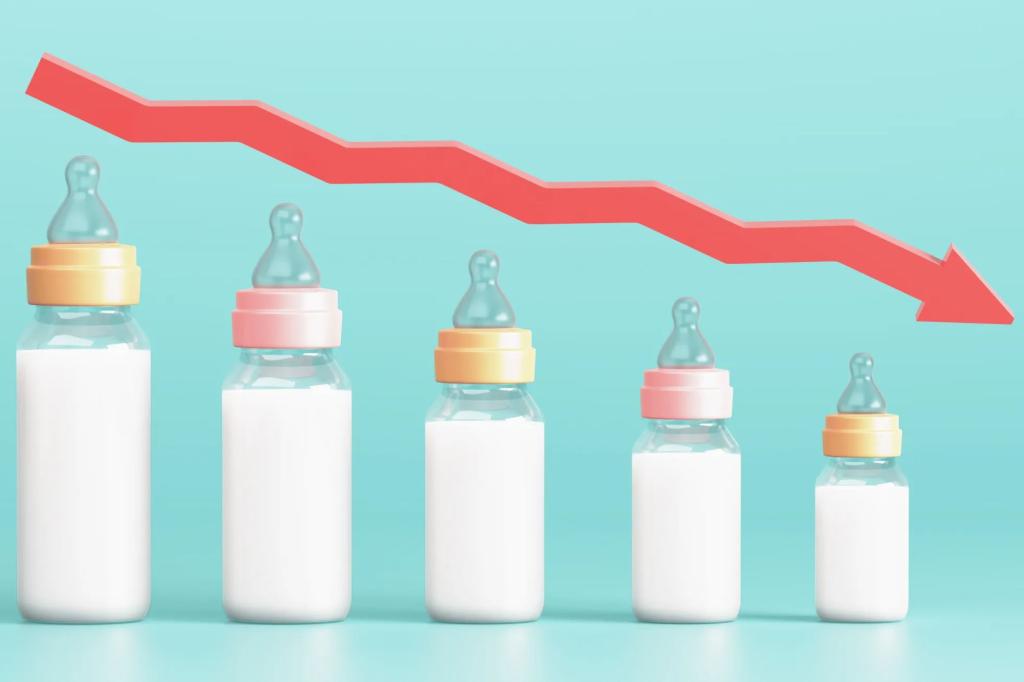The Centers for Disease Control and Prevention released data showing that U.S. births fell in 2023, with just under 3.6 million babies born, a decrease of 76,000 from the previous year and the lowest one-year total since 1979. This decline comes after a trend of falling birth rates for over a decade, with a brief bump in numbers in 2021 and 2022, attributed in part to pregnancies that were postponed during the early days of the COVID-19 pandemic. However, the new data indicates that this increase was short-lived, and birth rates are returning to pre-pandemic levels.
Experts note that birth rates have been falling for teenagers and younger women while rising for women in their 30s and 40s, as more women pursue education and careers before starting families. However, in 2023, birth rates fell for all women younger than 40 and remained flat for women in their 40s, indicating a surprising development in birth trends that experts are still trying to understand. Rates also decreased across almost all racial and ethnic groups, highlighting a widespread decline in births across various demographics.
The provisional data from the CDC is based on more than 99.9% of birth certificates filed in 2023 and may be subject to change as final numbers are finalized. While there could be adjustments to the data, it is unlikely to erase the significant decline seen in the preliminary numbers, according to CDC researchers. Concerns have been raised about the potential impact of the June 2022 U.S. Supreme Court decision allowing states to ban or restrict abortion on birth rates, but the new report indicates that this did not lead to a national increase in births.
The data also raises concerns about the impact on teen birth rates, which have been decreasing for decades but show signs of flattening in recent years, especially for teen girls ages 15 to 17. Possible explanations for this trend include the Supreme Court decision, changes in sex education, or access to contraception. However, experts warn that the stagnation of birth rates among high school students is worrisome and suggests that current efforts to support young people in making informed decisions about their reproductive health may be faltering.
Additional findings from the report include a 5% decrease in births for American Indian and Alaska Native women, a 4% decrease for Black women, a 3% decrease for white women, and a 2% decrease for Asian American women, while births rose by 1% for Hispanic women. The percentage of babies born preterm remained steady, while the cesarean section birth rate continued to rise, reaching 32.4% of births. The U.S. fertility rate has been declining steadily, dropping to about 1.6 children per woman in 2023, the lowest rate on record, leaving many couples unable to achieve their desired family size due to various obstacles such as housing, job security, and the cost of childcare.


